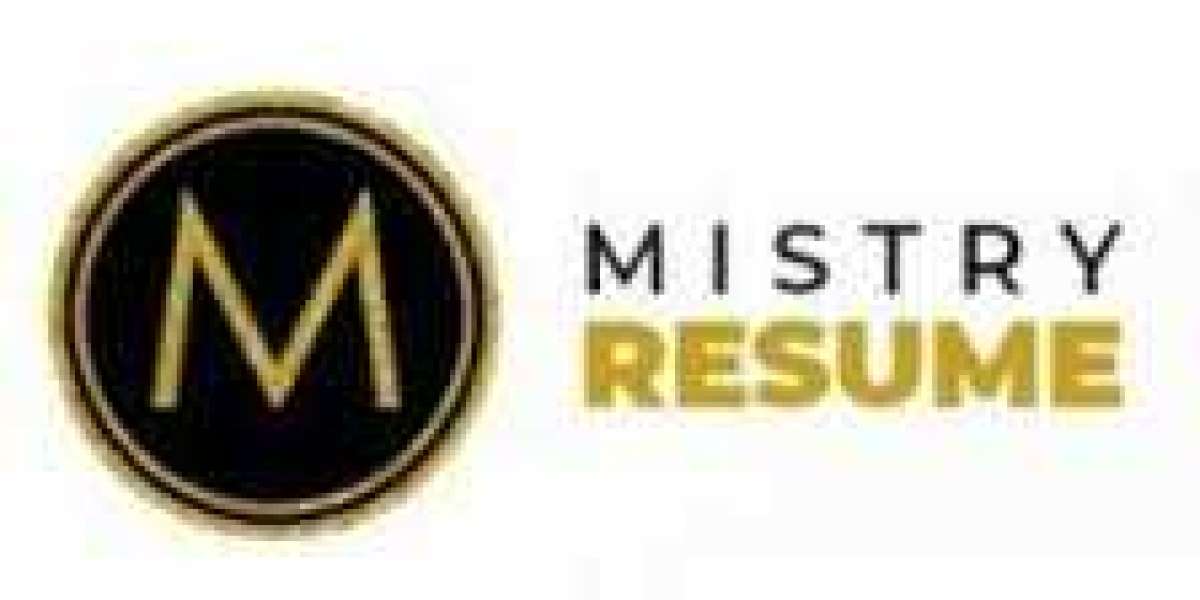When it comes to managing chronic conditions like type 2 diabetes and obesity, patients often rely on injectable medications such as Mounjaro (tirzepatide) to help regulate blood sugar levels and promote weight loss. However, with the increasing cost of Mounjaro needles, many patients are left wondering why the prices are so high and how the pharmaceutical companies determine the cost of this essential medication.
In this blog, we will explore the key factors behind Mounjaro needle prices سعر ابر مونجارو , with a particular focus on the role of manufacturers in setting the cost. Understanding how prices are determined can help patients navigate the healthcare landscape and make more informed decisions about their treatment options.
1. The Cost of Developing Mounjaro
The process of developing a new drug is both lengthy and expensive. Mounjaro, as a relatively new medication, underwent years of research and clinical trials before it was approved by regulatory authorities like the FDA. The cost of this research and development (RD) plays a significant role in the price of the drug.
Pharmaceutical companies invest large sums of money into RD, clinical trials, and regulatory approvals. In the case of Mounjaro, the cost of development was likely in the billions of dollars. These expenses must be recouped by the manufacturer once the drug is brought to market. As a result, the price of Mounjaro needles is partly influenced by the need for pharmaceutical companies to recover their RD costs.
2. The Role of Patents and Market Exclusivity
Another key factor influencing Mounjaro needle prices is the patent system. When a pharmaceutical company develops a new drug, it is granted a patent, which provides exclusive rights to sell that drug for a set period—usually around 20 years. During this time, no generic versions of the drug can be produced, allowing the manufacturer to set the price without competition.
Mounjaro is currently within its period of market exclusivity, which means the manufacturer can charge what the market will bear. This lack of competition allows the pharmaceutical company to maintain higher prices for the drug, including Mounjaro needles. While patents are essential for incentivizing innovation, they also contribute to the high cost of medications, as patients have no alternative options to reduce their expenses.
3. The Manufacturing Process and Costs
The price of Mounjaro needles is also influenced by the manufacturing process itself. The production of Mounjaro involves complex processes, including the synthesis of the active ingredient, formulation, and the creation of injectable devices. These steps require specialized equipment, highly trained personnel, and significant investment in quality control measures to ensure the medication is safe and effective.
Additionally, there are raw material costs associated with the production of Mounjaro needles. For example, the pen-like device used to inject the medication requires high-quality materials and precision engineering. The cost of these materials, combined with the labor and facilities required to produce the medication, all factor into the final price that consumers pay.
4. Distribution and Logistics
Once Mounjaro is produced, it must be distributed to pharmacies and healthcare providers. The cost of distribution and logistics can also influence the final price of Mounjaro needles. Shipping, warehousing, and regulatory compliance with different countries’ healthcare systems can add significant costs to the overall price of the medication.
Pharmaceutical companies must account for the expenses associated with getting Mounjaro into the hands of patients, which includes not only logistics but also packaging, labeling, and handling of the medication in accordance with local laws. These factors are often passed on to consumers in the form of higher prices.
5. The Impact of Pricing Transparency
Transparency in pricing is a growing concern in the pharmaceutical industry. While the cost of Mounjaro needles is publicly available, it’s not always clear how the manufacturer arrives at that price. Lack of transparency can make it difficult for patients to understand why they’re paying so much for a medication, especially when other treatment options may seem more affordable.
In many cases, the true cost of Mounjaro is further obscured by insurance companies, who negotiate prices with the pharmaceutical companies and pass on the resulting costs to patients through co-pays or deductibles. This lack of clarity around pricing can leave patients frustrated and uncertain about the financial burden of their treatment.
6. The Role of Reimbursement and Insurance Coverage
While Mounjaro is a life-changing medication for many patients, insurance coverage can significantly impact the affordability of Mounjaro needles. The manufacturer of Mounjaro works with insurance companies to establish reimbursement rates, which are the amounts that insurers will pay for the medication. These rates can vary depending on the patient’s insurance plan, making the cost of Mounjaro unpredictable for many individuals.
Patients with high-deductible health plans, for example, may face substantial out-of-pocket costs for Mounjaro needles, even if the medication is covered by insurance. Additionally, some insurance plans may require patients to try other, less expensive medications before approving coverage for Mounjaro, making it more difficult for those who need it most to access the drug at an affordable price.
7. The Impact of Market Demand on Pricing
The demand for Mounjaro needles also plays a role in setting the price. Mounjaro has proven to be highly effective in managing blood sugar levels and supporting weight loss, and this growing demand can drive up the price. The more people who require the medication, the greater the pressure on the manufacturer to balance supply with demand, often leading to higher prices.
Additionally, because Mounjaro is still a relatively new medication, pharmaceutical companies may capitalize on the initial excitement and demand by setting a higher price. As competition increases and other drugs enter the market, prices may eventually come down, but for now, the cost remains high.
8. Conclusion: The Complex Pricing Structure of Mounjaro Needles
Understanding the pricing structure behind Mounjaro needles requires an understanding of the many factors at play, from research and development costs to distribution and insurance coverage. The manufacturer’s pricing decisions are influenced by a combination of market exclusivity, production costs, and the need to maintain profitability while ensuring the availability of Mounjaro to those who need it.














